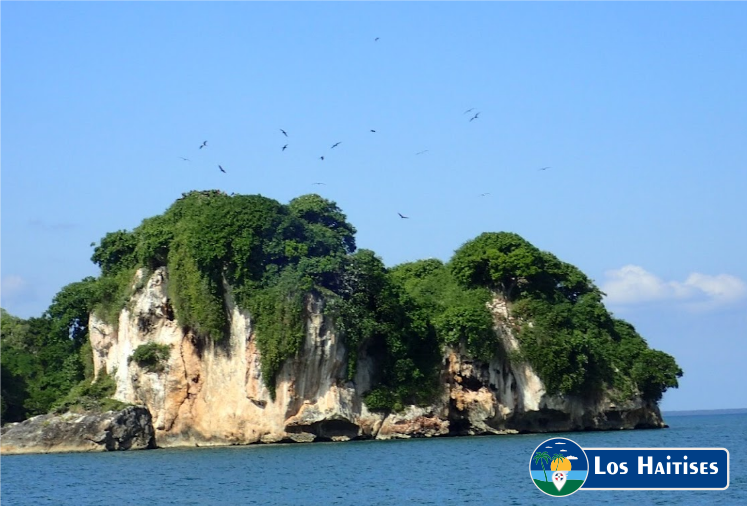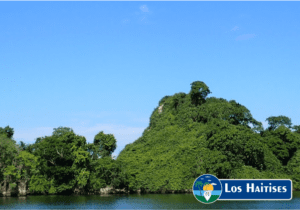
Los Haitises National Park contains very impressive landscape elements such as the Bay of San Lorenzo, the different keys and mangrove populations.
Los Haitises National Park was declared a national park in the Dominican Republic through Law 402 of June 3, 1976, although already in 1968 Law 244 had created a Forest Reserve called Los Haitises Prohibited Zone.
The park is located in the northeast of the Dominican Republic, framed by the Samaná Bay, of which it is a part, and has an area of 600.82 km². The area for public use of the Park is in the area of the Caño Hondo community, Sabana de la Mar. Haitises comes from the Taíno language and means high land or land of mountains, although the set of hills or “mogotes” have heights that range between 30 and 40 meters.
The flora of Los Haitises is characterized by its two life zones: the subtropical humid forest (Bh-S) and the subtropical very humid forest (Bmh-S). This park contains the largest sample of Caribbean mangroves, in which species such as red mangrove (Rhizophora mangle) and white mangrove (Laguncularia racemosa).

The fauna of Los Haitises is of great variety and the most nationally representative of all the natural protected areas in the Dominican Republic, due to the diversity of its environments. Within the fauna, birds are the largest group, 110 species of the 270 total in the country, being able to distinguish between those of the mangrove, herons and other waders.
The wealth of fauna in Los Haitises National Park is reflected among mammals by the presence of the manatee (Trichechus manatus) in the mangrove cays, the bottlenose dolphin (Tursiops truncatus), the hutia (Plagiodontia aedium) and the solenodon in the forest. (Solenodon paradoxus) , which is a small insectivorous mammal endemic to the island, and which, together with the hutia, are species that are threatened with extinction.
To find out about other interesting places in the Dominican Republic, follow us at visitadominicana.com
